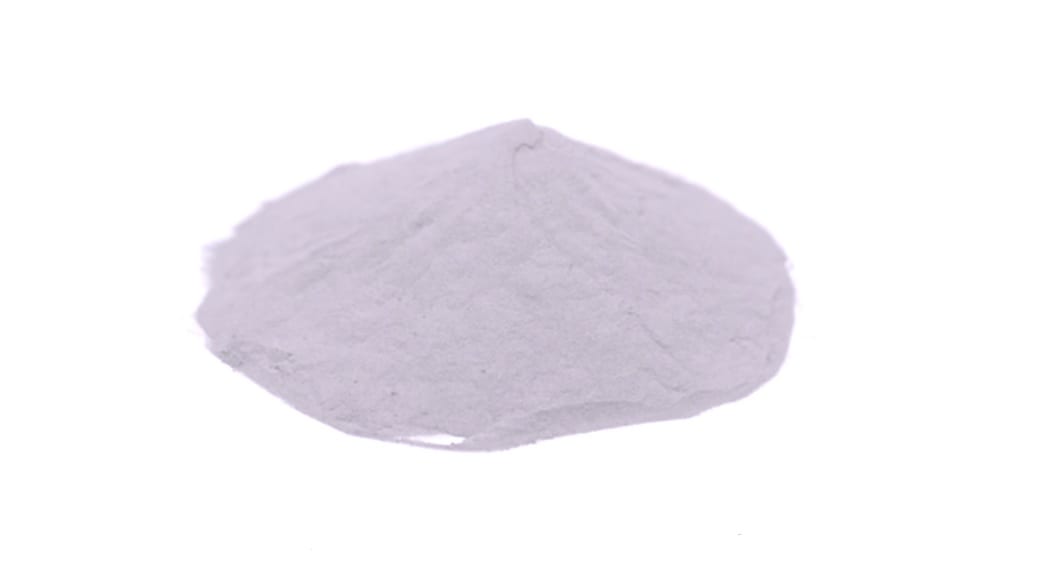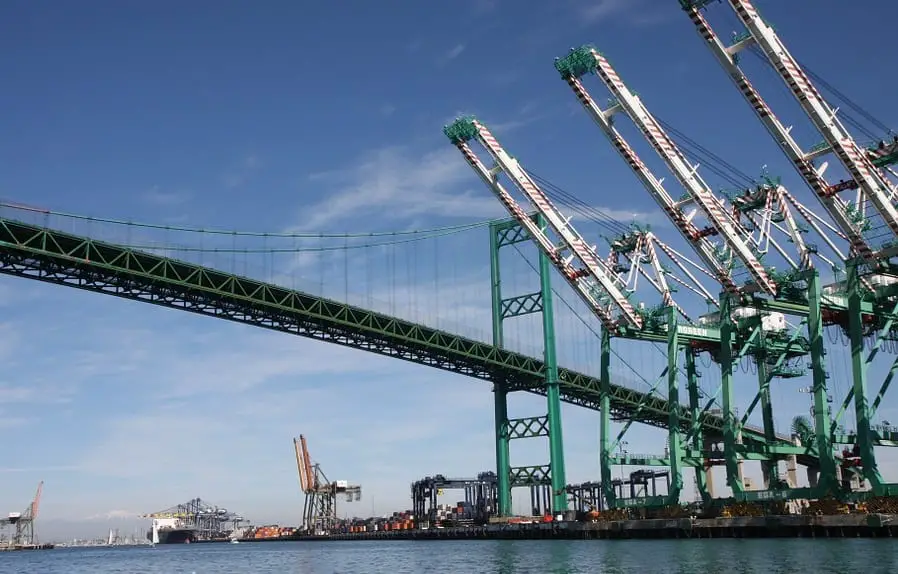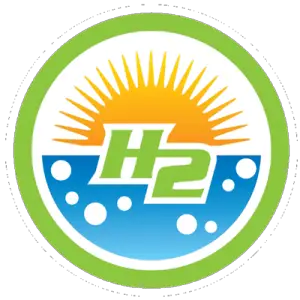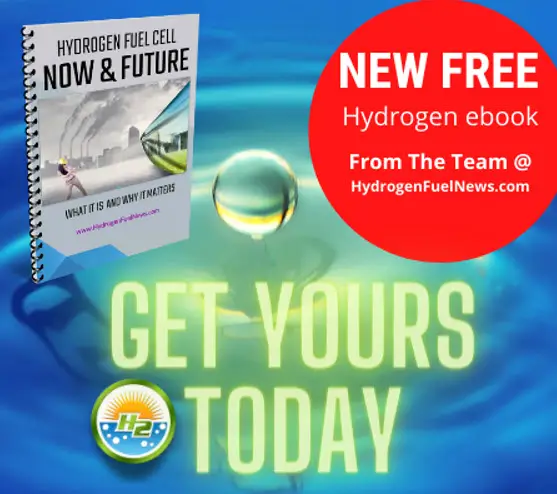
Dutch students develop CO2-free fuel from iron powder
September 17, 2018Team SOLID has built a proof-of-concept installation that generates heat and electricity.
A team of students from Eindhoven University of Technology, who call themselves Team SOLID, are working on the development of a CO2-free fuel to replace industrial fossil fuel consumption in the Netherlands. Their method requires the burning of iron and they have built a proof-of-concept installation for the incineration of iron powder.
The residual product resulting from the incineration process is fully recyclable.
In addition to the team’s innovative sustainable technology producing a CO2-free fuel, the residual product from the iron-burning process, metal oxide, is 100% recyclable. It is converted back into new iron powder in both a sustainable and eco-friendly way, which makes the alternative energy generation process a closed-loop system.
The installation has a 20 kilowatt capacity, which is about equal to the average central heating boiler, reported Innovation Origins. It is capable of burning the iron powder, which has a high energy density. During combustion, the powder is transformed into a large amount of energy, generating hot water, heat and electricity, with no carbon emissions.
The team’s next goal is to produce its CO2-free fuel on an industrial scale.
Now that the university students have found success with their 20 kilowatt capacity installation proof-of-concept, their next goal is to build a mobile, industrial installation with a 100 kilowatt capacity. However, to bring this goal to fruition, Team SOLID will require investors.
The Eindhoven students built the installation as a sustainable solution to replace industrial fossil fuel consumption, which is one of the nation’s goals. In fact, the Dutch government informed Dutch industry at the start of this year that by 2022, it needs to stop consuming natural gas.
So far, iron seems to be a highly practical, sustainable, cost-effective and environmentally friendly solution for generating CO2-free fuel. Unlike other elements that are used to store energy, there is an abundance of iron and it  also happens to be the most common element on Earth. Moreover its energy density is many times higher than conventional batteries, it can be transported relatively compactly and with ease, and is also suitable for use in a variety of sectors, including the maritime industry.
also happens to be the most common element on Earth. Moreover its energy density is many times higher than conventional batteries, it can be transported relatively compactly and with ease, and is also suitable for use in a variety of sectors, including the maritime industry.



 With over 15 years of reporting hydrogen news, we are your premier source for the latest updates and insights in hydrogen and renewable energy.
With over 15 years of reporting hydrogen news, we are your premier source for the latest updates and insights in hydrogen and renewable energy.
I have found away to produce neutral atomic silver clusters in single digit nano meter sizes in water using around 336 volt Dc and photonic action at 420nm. The interesting part is that if a single electrode is used hing suspended in a stainless steel bowl, the nano particles will deposit on the inside wall of the bowl without permanently adhering. I have already passed this information to some of my scientific contacts. I am a totally independent researcher.
Hans Laroo
P.S. I wish you the best of luck
Hans Laroo says:
CORRECTION
I have found away to produce neutral atomic silver clusters in single digit nano meter sizes in water using around 336 volt Dc and photonic action at 420nm. The interesting part is that if a single electrode is used suspended in a stainless steel bowl, the nano particles will deposit on the inside wall of the bowl without permanently adhering. I have already passed this information to some of my scientific contacts. I am a totally independent researcher. Hans Laroo P.S. I wish you the best of luck. By the way, I was born in Amsterdam and now live in Australia.